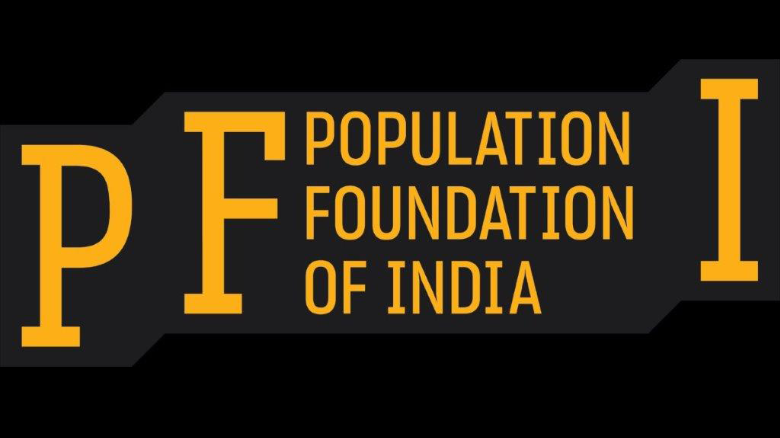
Empowering women, enhancing their capabilities is the contraceptive India needs, not enforcement of coercive population policies.
China has finally realised the futility of enforcing a one-child norm or replacing it with a two-child limit as it did in 2016. On May 31, 2021, the Chinese government revised its policy and allowed couples to have up to three children – reversing and admitting that the consequences of such measures were counterproductive. The announcement comes in the wake of recently published Census data reporting a dramatic decline in births and recording the sharpest slowing down of population in decades. With this, one hopes that those who have been demanding that India emulate China in enforcing a one child norm or a two-child limit will realise how misplaced their suggestion is.
China released the key preliminary findings from its seventh national population census in May 2021. The population of Mainland China grew to 1.41 billion in 2020 – up from 1.34 billion in 2010. This marked a slowing down of the annual population growth rate from 0.57 percent between 2000-2010 to 0.53 percent annually between 2010-2020. Particularly disconcerting to China has been the sharp decline in the proportion of population in the age group of 15-59 from 22.9 percent in 2000 to 9.8 percent in 2020. So, China’s population continues to age. The proportion of people aged 60 years and above is 18.70 percent of total population in 2020 as against 13.26 percent in 2010.
China introduced the one-child policy in the late 1970s in an attempt to boost economic progress by slowing down the rapid population growth, before reversing it in 2016 to allow families to have two children. The strict birth limits have created a rapidly aging population and shrinking work force that is straining the country’s economy.
India and its states must learn from China’s failed experience with enforcing coercive population policies. Stringent population control measures have created a population crisis for China. Today Sikkim and Lakshadweep also face the challenges of an aging population, shrinking labour workforce and an increase in sex selective practices, given that the total fertility rate (TFR) well below the replacement level.
Religion has little to do with fertility levels. Muslim dominated countries like Indonesia and Bangladesh, have out-performed India in terms of falling birth rates. Even within India, the fertility rates among Muslims in Kerala is lower than the fertility rates among Hindus in Bihar. States like Kerala, Tamil Nadu, and Andhra Pradesh have proven that it is not religion that matters. What has made the difference is education, employment opportunities and accessibility of contraceptives. In neighbouring Sri Lanka, fertility rates were stabilised by simply increasing the age at marriage, a move that was made more effective by ensuring girls were educated.
Ultimately, however, it is all about the control that women have over fertility decisions. This is one reason why India’s fertility rate is 2.2 even when a large majority of Indian women – cutting across caste, geography, income and religion – want to have fewer than two children. India’s southern states have lowered their fertility rates. It is vital to remember that they did this, not by adopting coercive policies, but by ensuring greater empowerment of women though increased access to education, economic and other development opportunities.
Empowering women to make informed choice, enhancing their capabilities, and social and behaviour change communication to address misconceptions and regressive social norms is the contraceptive India needs, not the enforcement of coercive population policies.
For more information, please contact: Priyasha Banerjie priyasha.banerjie@populationfoundation.in
